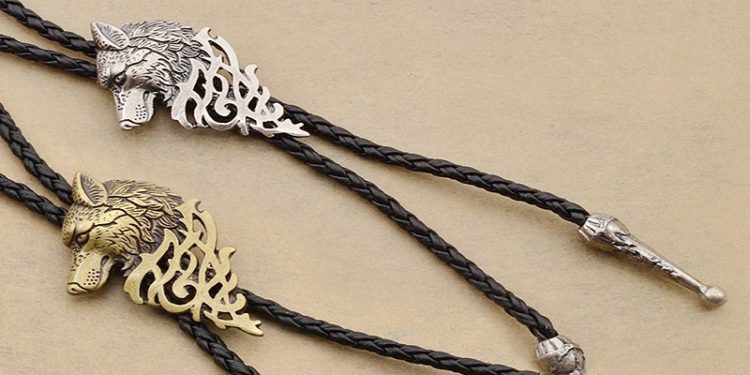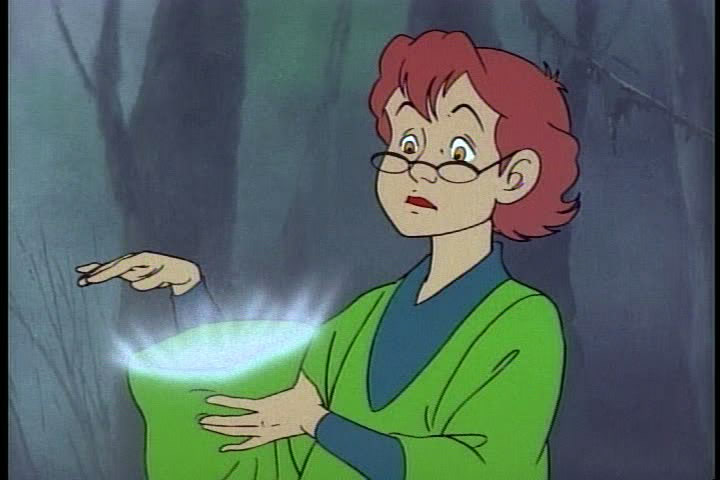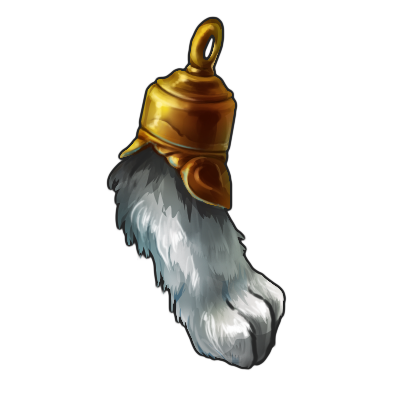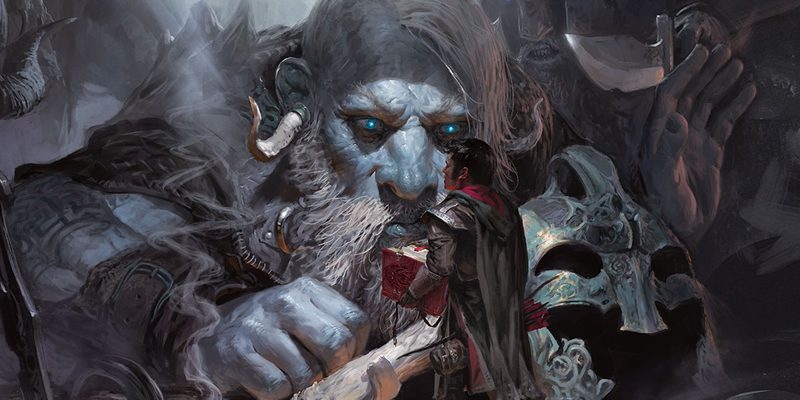Using Tokens in Your Game Part 1

What do Presto’s magic cap1, “Dollar Bill’s” sword necklace2, Linus’ blanket3, the rogue’s lucky dice, and your lucky rabbit’s foot keychain all have in common? They’re symbols of a characters personality, tokens of who they are, what they stand for, and deeply identified with them. In all of these cases, you never see the character without their token. Given that many characters in your games may have the same set of lock-picks, instrument, or bedroll why not take these items to give the characters backstory?
This article will talk about potential types of tokens to use, as well as potential methods of activating them.
Types of Tokens
There are a variety of types of tokens that might be able to be used in a game. Each of these types of tokens give a different feel in the game, so consider carefully before deciding which you want to incorporate into your game. This list is an idea generator, not supposed to be seen as comprehensive in any way. Feel free to suggest others in your comments to this article.
D12 Types of Tokens
- Token of fear: This token is the symbol of something that is greatly feared such as the figure of death, a spider or a bat. Batman purposely took the bat as his token in order to frighten his enemies.
- Gifts
- Dying Gift: Someone who has passed away has given the token and entrusted the PC with it with their dying breath. This happens in Yu-gi-oh Arc V, where Yuto gives Yuya his signature fusion dragon as he dies.
- Gift From a Friend/ Teacher/ Relative: you are given this token by a childhood friend, someone who taught you something significant, or as a “coming of age” or “going away present.” For instance the rogue’s lock-picks maybe special to them because the thieves’ guild-master may have personally given them to her
 Trade-in-Kind Tokens have been given to the character in trade for their help/ services. The bard’s instrument might be a gift from a town where he got rid of the rats from (something on the order of the Pied Piper)
Trade-in-Kind Tokens have been given to the character in trade for their help/ services. The bard’s instrument might be a gift from a town where he got rid of the rats from (something on the order of the Pied Piper)
- Self-made tokens are exactly what it says – tokens that the characters themselves made. It could be that the sword that the fighter is using they helped to craft themselves by working as an apprentice to a master sword smith. The lock-picks the rogue uses may have been cobbled together from wire and metal bits that the character themselves gathered over time.
- Life Saver: This token has literally saved the character’s life. It can be anything from a book that stopped a bullet to a sword that an orc impales itself on to a something that one uses as a weapon out of desperation, such as using a silver flute against a werewolf because the character had nothing else silver to defend himself with.
- Accidental attuning: this token is something that is picked up and shoved in a bag somewhere and only resurfaces in time of emergency, or great time of need.
- Spiritual animals may show up in the form of tattoos, costumes, bolas, figurines, follower, etc. In each of these the spiritual animal is something that the characters have been associated with for years. The “tipping point” to make it a token is a situation where, without its powers, all is lost. This can be seen time and time again in the Pokémon anime with Ash’s Pikachu.
- Dice / Coins/ Cards are what characters who rely on luck tend to get. These tokens affect the dice rolls of a situation in favor of the PC, or in rare cases, against those who oppose them. These tokens show up many times on characters who uses luck, rather than skill. Such tokens don’t necessarily have to be the items themselves, but simply representations of the items, such as a tattoo, engraving, etc.
- Transformative Tokens are tokens that start off looking like one thing, but have a hidden, unknown feature in them. This can be some sort of emergency feature that only shows up in time of dire need or an accidental feature built in that only kicks in when the character’s backs are against the wall. This transformation may permanent, such as an “evolved” form of a Pokémon, or may be temporary, as in a Digimon’s digivolution for a short time during battle, and then back to a previous form when the danger is over.
- Limited use token is a token where the user can only use it only so many times. The user must be careful and only use it in an emergency, otherwise the magic won’t be there when needed later on. An example of a limited use token shows up as a bracelet shows up in Terry Brooks’ Shannara series, given to one of the characters by the King of the Silver River.
- “Spiritual Energy Tokens,” in which this item has helped the character out somehow through difficult, diverse, and dangerous (sometimes deadly) circumstances. These tokens, many times (but not always), are somehow connected with the character’s natural skills or abilities and class. Conversely, this may be something that comforts the character, like Linus’ blanket, listed above.
- Painful Event Tokens come about due to trauma in the character’s life. In the Magi anime, Morgiana has her slave chains transformed into a token of power.
- “Group Identification Tokens,” which show an association with some group or another, such as you might see on Native Americans, druids, or barbarians. This could show up as tattoo, a special item of clothing, or jewelry, or something that is mystically summoned. The effectiveness of these tokens is that everyone of their group gets bonuses for wearing them, and them all activating at once. You can see these types of tokens at play in the “Power Rangers” show, which gives them their transformative powers.
With any of these tokens, if the DM wants to start a new game with tokens as something that is to become a part of play, he needs to let the players know what types of things he thinks are appropriate for tokens, and allow the PCs to pick something that they think would be useful for their characters later on, but perhaps not tell the PCs their use until they’re activated for the first time.
Activating Tokens
 Unlike other pieces of equipment a character has, most of the time tokens should essentially sit in the background, being used as they normally are until such time as they are needed to show up as tokens, at which point they are able to show their importance to the storyline. Activating them shouldn’t necessarily be a conscious thing. If you’ve watched many cartoons or anime series, you’ll notice at times things getting progressively, and progressively worse. Then out of nowhere, the character takes something out and it will start glowing, signifying its importance to the story line, and then miracles will happen. This is how tokens tend to activate – as a last ditch effort to save the character’s skin from some sort of an imminent disaster.
Unlike other pieces of equipment a character has, most of the time tokens should essentially sit in the background, being used as they normally are until such time as they are needed to show up as tokens, at which point they are able to show their importance to the storyline. Activating them shouldn’t necessarily be a conscious thing. If you’ve watched many cartoons or anime series, you’ll notice at times things getting progressively, and progressively worse. Then out of nowhere, the character takes something out and it will start glowing, signifying its importance to the story line, and then miracles will happen. This is how tokens tend to activate – as a last ditch effort to save the character’s skin from some sort of an imminent disaster.
Having said this, from a storytelling standpoint this can be done quasi-artificially based on some sort of emergency such as the characters being low on health, they can’t afford to get caught, or they need to charm the guard to allow them to pass. Looking at the list, above, they PC can declare through storytelling that this or that item has some importance to them for some plot related significant reason. If the DM thinks that what they said is a good enough reason, she can give the PC some sort of bonus to do the activity, or even allow it to happen without a hitch.
Tokens are not something that DMs should allow to be overused or abused. They are the ultimate arbitrators as to whether or not, and, for the most part, it should only be in truly dire circumstances that they should be allowed to be used. The only caveat to this would be where such activation would enhance the storyline – whether or not the PCs specifically request their activation or not.
Due to their game changing nature, DMs should allow only one, or at most two, tokens that the player can have access to at any one given time.
Final Thought
Tokens are an amazing way to add interest to normal items that the PCs are carrying around with them anyways, while giving the items a way of being something more useful. Next article will discuss token powers, how tokens work, and token plots
As always, feel free to like, comment, and reshare the article.
Notes
- Dungeons & Dragons Cartoon
- “The Bold & The Beautiful” Soap Opera
- ‘Peanuts’ comic strip and various animated features



